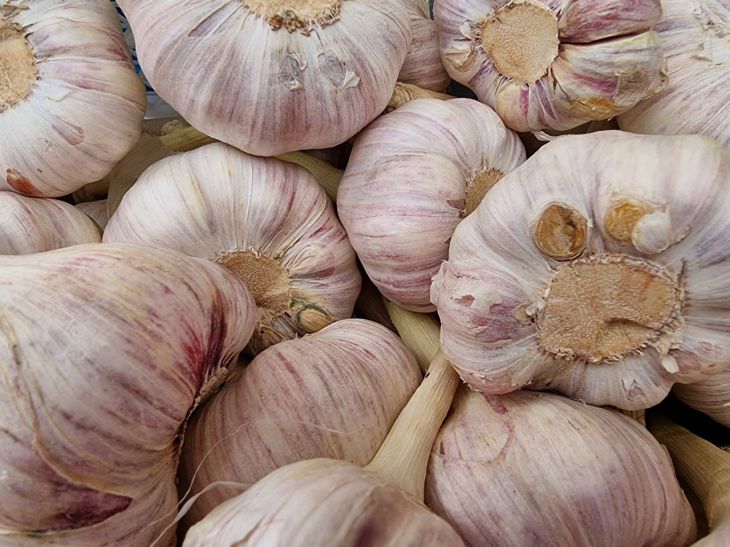How to Achieve a High Yield of Winter Garlic: A Step-by-Step Guide
Winter garlic is planted in the fall, and in the spring it is time to care for the garden bed.
The first thing you need to do is remove the mulch so that the sprouts can freely break through.
Then the soil between the rows is carefully loosened so that oxygen begins to reach the roots.
The rest of the rules were discussed by the expert of the online publication "BelNovosti", scientist-agronomist and landscape designer Anastasia Kovrizhnykh.
Rules for caring for winter garlic
In spring, it is useful to sow calendula and marigolds next to the garlic bed, as these plants repel pests.

Caring for winter garlic involves weeding, fertilizing, watering and protecting the bed from pests.
The garlic bed must be kept clean. Weeds should be removed simultaneously with loosening.
The garlic shoots need to be cut or broken off. As soon as the shoot forms a loop, it needs to be removed.
A stump of about 3 cm is left. You cannot pull out the arrow, as there is a risk of damaging the bulb. Arrows appear already in June. If you do not remove the arrows on the garlic, the yield will drop by 3 times.
The garlic bed must be watered. Water twice a week, using about 10 liters of water per square meter of land.
After watering, many gardeners recommend mulching the garlic with rotted manure to protect the soil from drying out and at the same time feed the garlic.
How to feed garlic
In spring, a bed of winter garlic often begins to turn yellow. This can happen due to a lack of nitrogen or temperature fluctuations. In this case, fertilizing will help.
During the entire growth period, winter garlic needs to be fertilized four times. Before each application of fertilizer, the bed is watered generously with water at a rate of at least 3 liters of water per square meter of land.
The first time, feed with nitrogen immediately after the snow melts. Then, garlic can also be fed with nitrogen-containing fertilizers and superphosphate. It is enough to dilute a tablespoon of fertilizer in a bucket of water.
Urea is a good nitrogen-containing fertilizer. Potassium humate or bird droppings can also be used.
The second feeding is carried out already at the end of May. During this period, the formation of cloves begins. In May, potassium is fed. Nitrophoska can also be used.
To form a large head, a third feeding is carried out. You can use a complex mineral fertilizer for bulbous plants. The fourth time, a complex mineral fertilizer or ash is also added.
The final feeding is carried out two weeks after the third feeding. Garlic responds well to the introduction of superphosphate and phosphorus.
